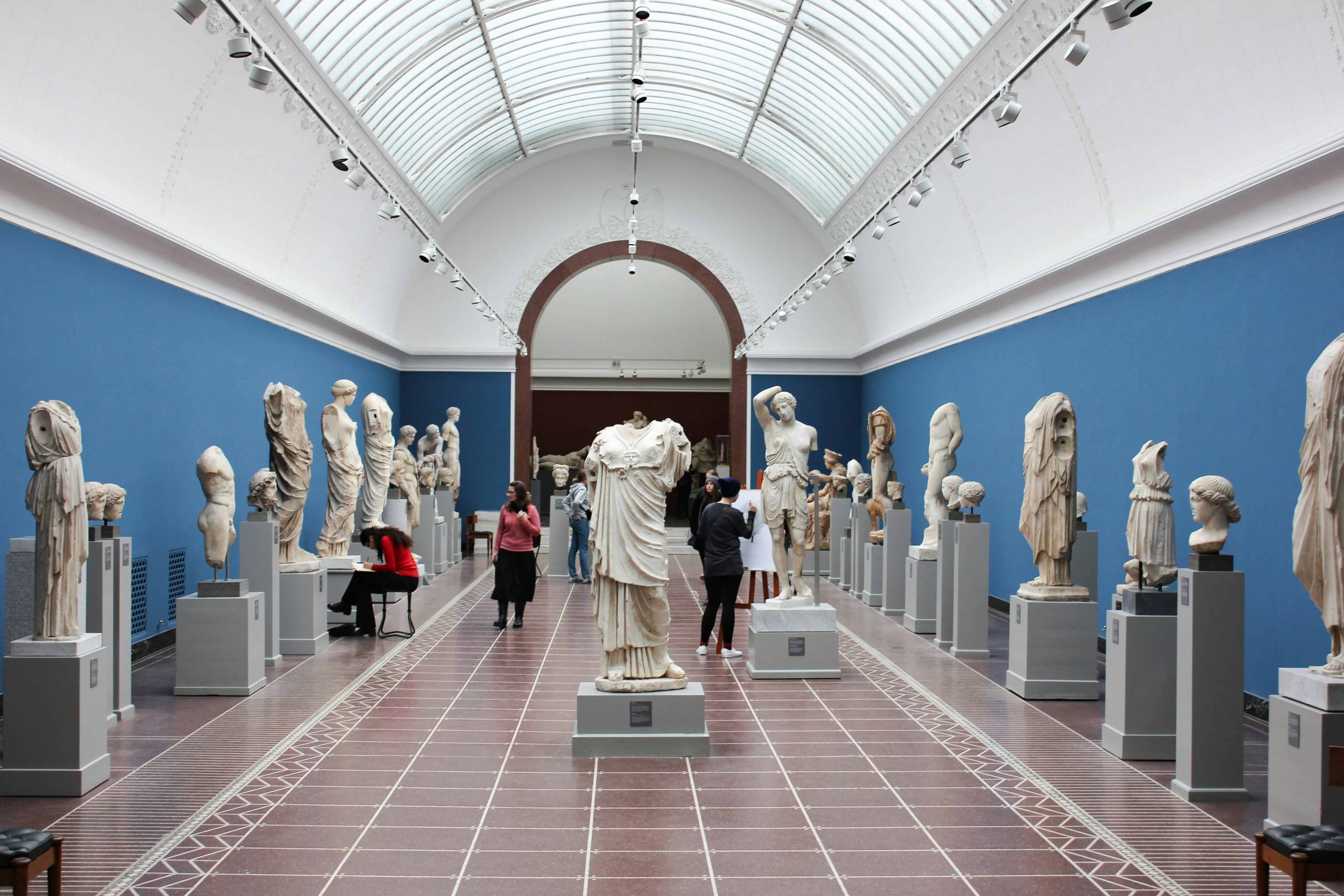
11 Apr Challenges in Curating and Showcasing Art Collections
Art collections play a pivotal role in preserving cultural heritage and fostering meaningful engagement with diverse artistic expressions. Curating these collections, however, comes with its own set of challenges. From selection dilemmas to presentation hurdles, curators face multifaceted obstacles to effectively showcasing art. Art collections serve as windows into the past, mirrors of contemporary society, and bridges to the future. They encapsulate narratives, emotions, and ideologies, offering profound insights into human creativity and imagination. Curators shoulder the responsibility of interpreting and presenting these collections to the public, thereby facilitating enriching cultural experiences. However, this endeavor is not without its hurdles.
Selection and Curation Challenges
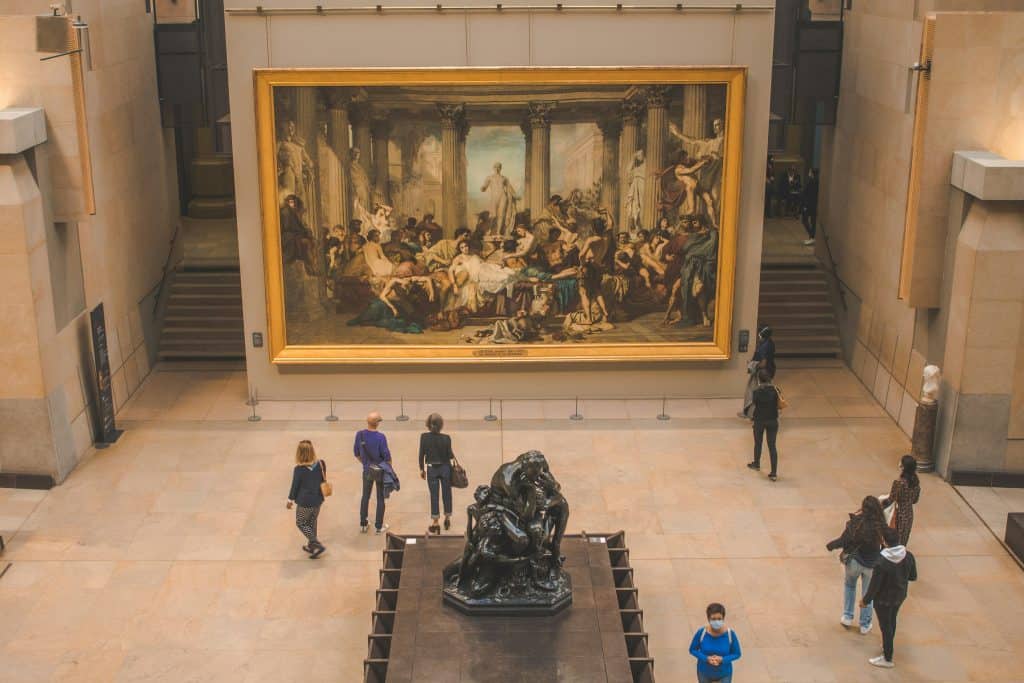
Photo by Diane Picchiottino
Limited Resources
Curators constantly grapple with the constraints of limited financial resources. The acquisition of new pieces, the maintenance of existing ones, and the curation of compelling exhibitions all demand substantial financial investments. Unfortunately, these investments are not always readily available, which can hinder the expansion of collections and limit the exploration of new artistic avenues. Without adequate funding, curators may find themselves unable to fully realize their creative visions and may struggle to keep their institutions relevant in a rapidly evolving cultural landscape.
Balancing Diverse Perspectives
Curators are tasked with the challenging job of harmonizing a multitude of artistic voices and movements into a coherent narrative. They must delicately balance the inclusion of traditional masterpieces with the representation of contemporary creations, all while honoring cultural diversity. This delicate balance requires careful consideration and thoughtful curation to ensure that every perspective is given its due without compromising the thematic integrity of the collection. By fostering inclusivity while maintaining a cohesive vision, curators can create exhibitions that resonate with a wide range of audiences and reflect the richness of human creativity.
Ethical Considerations
Ethical considerations loom large in the field of curatorial practice, requiring curators to navigate complex issues surrounding provenance, cultural sensitivity, and potential biases. In an era marked by increased awareness of social justice and historical injustices, curators must conduct meticulous research and engage in critical reflection to ensure that their collections are ethically sourced and responsibly displayed. Transparency and accountability are paramount, as curators strive to acknowledge and address the broader social and historical implications of the artworks they acquire and exhibit. By upholding ethical standards, curators can help foster a more inclusive and socially conscious cultural landscape.
Presentation and Engagement Challenges
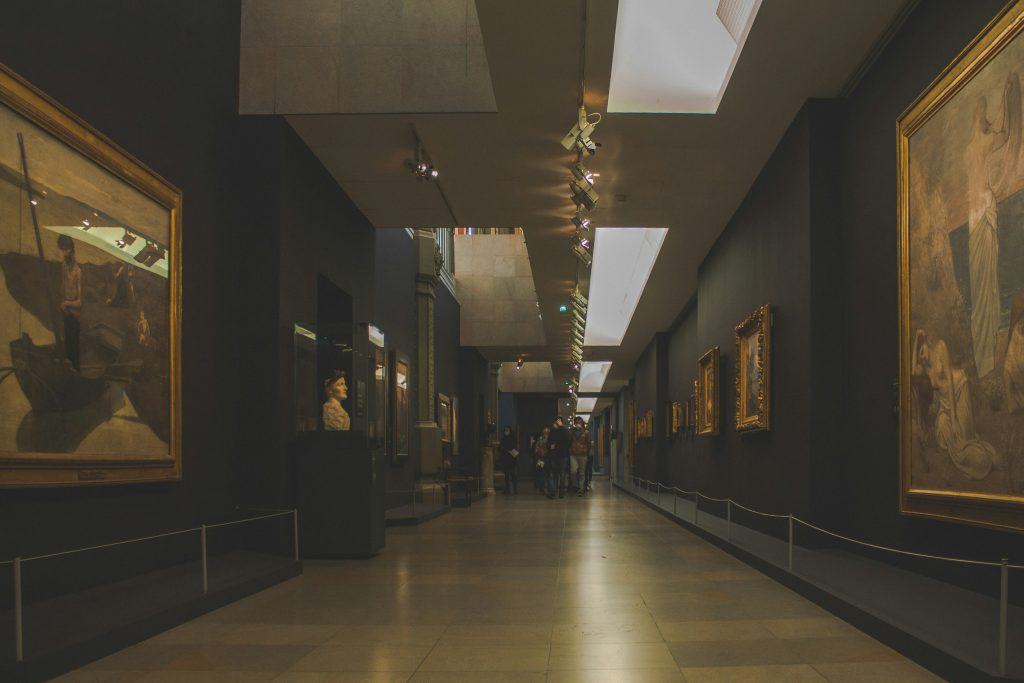
Photo by Diane Picchiottino
Space Limitations
The constraints of limited physical space present a formidable challenge to effective presentation. Curators are tasked with the intricate balancing act of optimizing gallery layouts and exhibition designs to accommodate large or diverse collections while maintaining aesthetic appeal and narrative coherence. This demands a keen eye for creative spatial arrangements and innovative display techniques that maximize the impact of exhibitions within the confines of available space. Whether reimagining traditional gallery settings or exploring unconventional presentation formats, curators must continually seek inventive solutions to overcome the limitations imposed by spatial constraints.
Accessibility and Inclusivity
Central to the mission of democratizing art appreciation is the imperative of ensuring accessibility within cultural spaces. Curators play a pivotal role in proactively addressing barriers to entry, striving to make exhibitions welcoming and inclusive to individuals with disabilities and diverse cultural backgrounds. By implementing inclusive design principles and offering alternative engagement modalities such as audio descriptions, tactile experiences, and multilingual materials, curators can broaden the accessibility of art spaces, fostering environments where all visitors feel valued and empowered to engage with the artistic narrative on their terms.
Engaging with Different Audiences
Curating meaningful experiences for diverse audiences necessitates a nuanced understanding of their varied interests and levels of art knowledge. From novice enthusiasts to seasoned connoisseurs, each audience demographic brings unique perspectives and expectations to the gallery space. Curators must embrace versatility and adaptability in their approaches, employing interactive elements, educational programs, and multimedia resources to cater to a spectrum of interests and learning styles. By fostering opportunities for active participation and dialogue, curators can cultivate enriching experiences that resonate with audiences of all backgrounds, inspiring curiosity and deepening appreciation for the arts.
Emerging Challenges
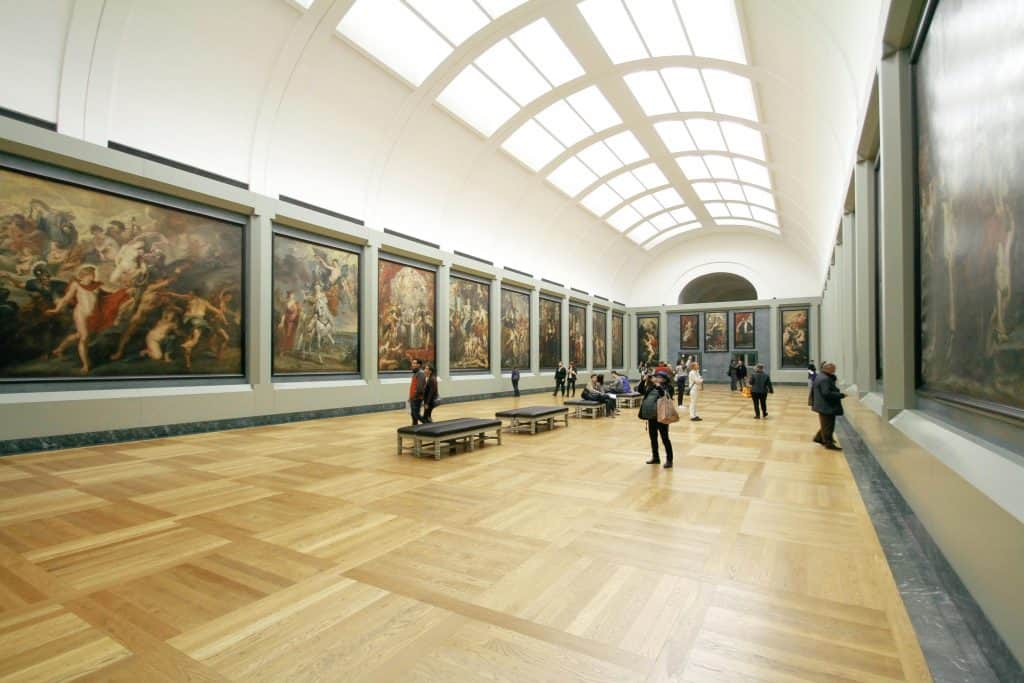
Photo by Riccardo
Digital Art and New Media
The emergence and widespread adoption of digital art and new media have introduced unprecedented challenges to the field of curatorial practice. From immersive interactive installations to virtual reality experiences, curators are confronted with the ephemeral nature and intricate technological demands of digital artworks. Unlike traditional mediums, digital pieces often exist in mutable forms, requiring curators to navigate complex issues of preservation, authenticity, and longevity in the digital realm. To address these challenges, curators must forge innovative conservation strategies and foster interdisciplinary collaborations with experts in fields such as computer science, media studies, and digital preservation. By leveraging cutting-edge technologies and embracing dynamic approaches to curation, curators can ensure the continued relevance and accessibility of digital artworks for future generations.
Evolving Audience Expectations
In an era characterized by rapid technological advancements and evolving audience preferences, curators must remain vigilant in monitoring shifting trends and expectations. Today’s audiences crave immersive, participatory experiences that transcend traditional modes of engagement. To meet these demands, curators must embrace digital platforms, immersive technologies, and interactive exhibits that invite visitors to actively participate in the artistic process. By harnessing the power of digital engagement, curators can foster meaningful dialogue between artists and audiences, creating dynamic spaces where creativity flourishes and diverse perspectives intersect. Staying abreast of emerging technologies and cultivating innovative approaches to curation is essential for curators seeking to maintain relevance and captivate audiences in an ever-evolving cultural landscape.
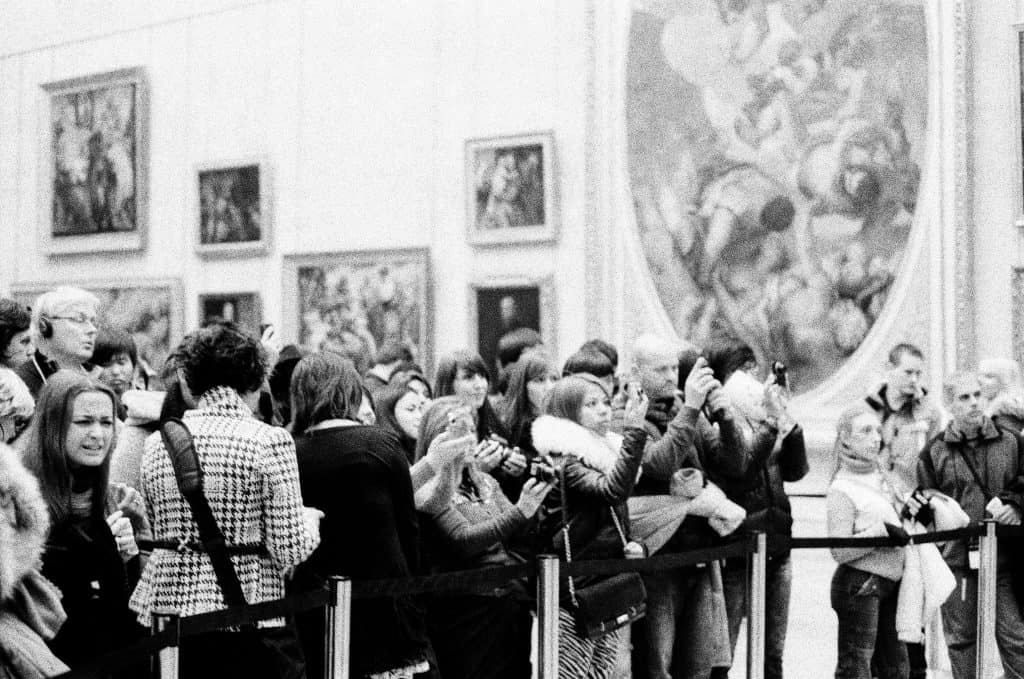
Photo by Jean Pierre
Conclusion
Curating and showcasing art collections is a multifaceted endeavor fraught with challenges and opportunities. From selection dilemmas to presentation hurdles, curators navigate complex terrain in their quest to foster cultural enrichment and dialogue. Creativity, collaboration, and adaptability are indispensable in overcoming these challenges and shaping the future of curatorial practice. By embracing inclusivity, innovation, and ethical stewardship, curators can inspire and engage audiences across generations, ensuring the enduring legacy of artistic expression.
Key Takeaways
Challenges | Solutions |
Limited resources | Seek alternative funding sources; prioritize conservation. |
Balancing diverse perspectives | Foster inclusivity without compromising thematic integrity. |
Ethical considerations | Conduct thorough research; prioritize transparency. |
Space limitations | Optimize gallery layouts; utilize creative display methods. |
Accessibility and inclusivity | Implement inclusive design principles; offer diverse engagement modalities. |
Engaging with different audiences | Tailor experiences to varying levels of art knowledge; leverage interactive elements. |
Digital art and new media | Develop innovative conservation strategies; foster interdisciplinary collaborations. |
Evolving audience expectations | Embrace digital platforms; adapt to changing trends and preferences. |
FAQs
How do curators acquire funding for art collections?
Curators acquire funding for art collections through various avenues, including grants, donations, sponsorships, and partnerships with philanthropic organizations and governmental agencies. They meticulously craft proposals, emphasizing the cultural and educational significance of their collections to attract financial support. By demonstrating the value of their exhibits to communities, patrons, and society at large, curators can secure the necessary resources to maintain and expand their collections.
What measures can curators take to ensure the accessibility of art collections?
To ensure the accessibility of art collections, curators employ a range of measures aimed at accommodating diverse audiences. This includes installing wheelchair ramps, designing tactile exhibits for individuals with visual impairments, providing audio descriptions for artworks, and offering translated materials to cater to visitors from different linguistic backgrounds. By actively addressing accessibility concerns, curators strive to create inclusive spaces where everyone can engage with and appreciate the artistic treasures on display.
How do curators navigate ethical dilemmas related to provenance?
When faced with ethical dilemmas related to provenance, curators undertake meticulous research to trace the ownership history of artworks in their collections. By scrutinizing historical records, archival documents, and other relevant sources, they seek to uncover any potential instances of theft, looting, or illicit acquisition. Through transparent and accountable acquisition and display practices, curators uphold the integrity of their collections and strive to reconcile any contentious issues surrounding provenance, thereby fostering public trust and confidence in their stewardship of cultural heritage.
Examine the vital role that “Art Education and Community Outreach Programs” have in encouraging community involvement and cultural enrichment.

